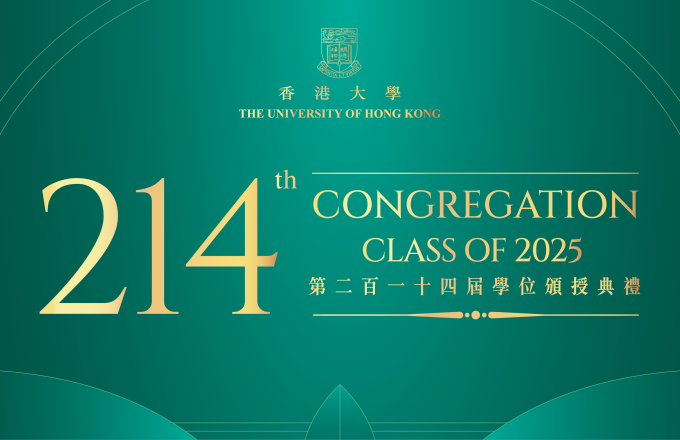
“Banking Happiness” by Dr. Leonard Lee
Associate Professor and Dean’s Chair
Department of Marketing, NUS Business School
National University of Singapore
Merely anticipating a future sad event may motivate consumers to “accumulate (i.e., bank) happiness” in order to enhance their ability to cope with the anticipated sadness later—a phenomenon that we call banking happiness. People bank happiness because of the lay theory that happiness is a resource that can be accumulated (i.e., banked) and consumed later. The present research documents three manifestations of this banking-happiness phenomenon: holding the happiness-is-bankable lay theory causes consumers who anticipate sadness (vs. a neutral mood) to (a) choose positive stimuli over non-positive stimuli when given the choice; (b) recall more positive (vs. negative) memories; and (c) engage with positive stimuli more deeply, thus achieving a greater boost in positive mood after exposure to these stimuli and responding less negatively to the anticipated sad event later. As a proactive mood-regulation strategy, banking happiness differs from reactive mood regulation. The strength of consumers’ lay beliefs in whether happiness is bankable as well as their dispositional future (vs. present) orientation predicts their tendency to bank happiness, but not their propensity to repair their negative moods after actually experiencing sadness.







